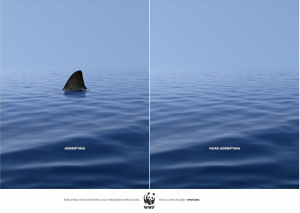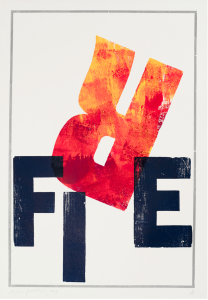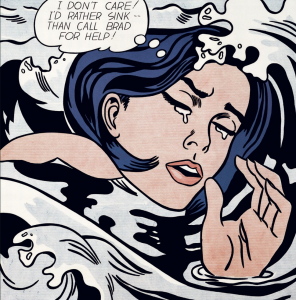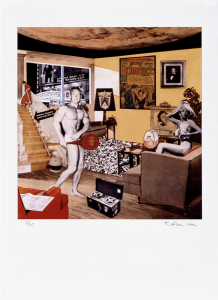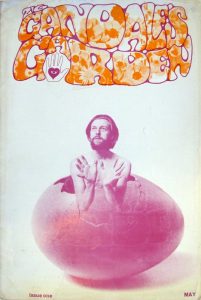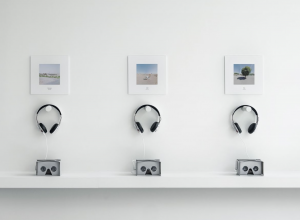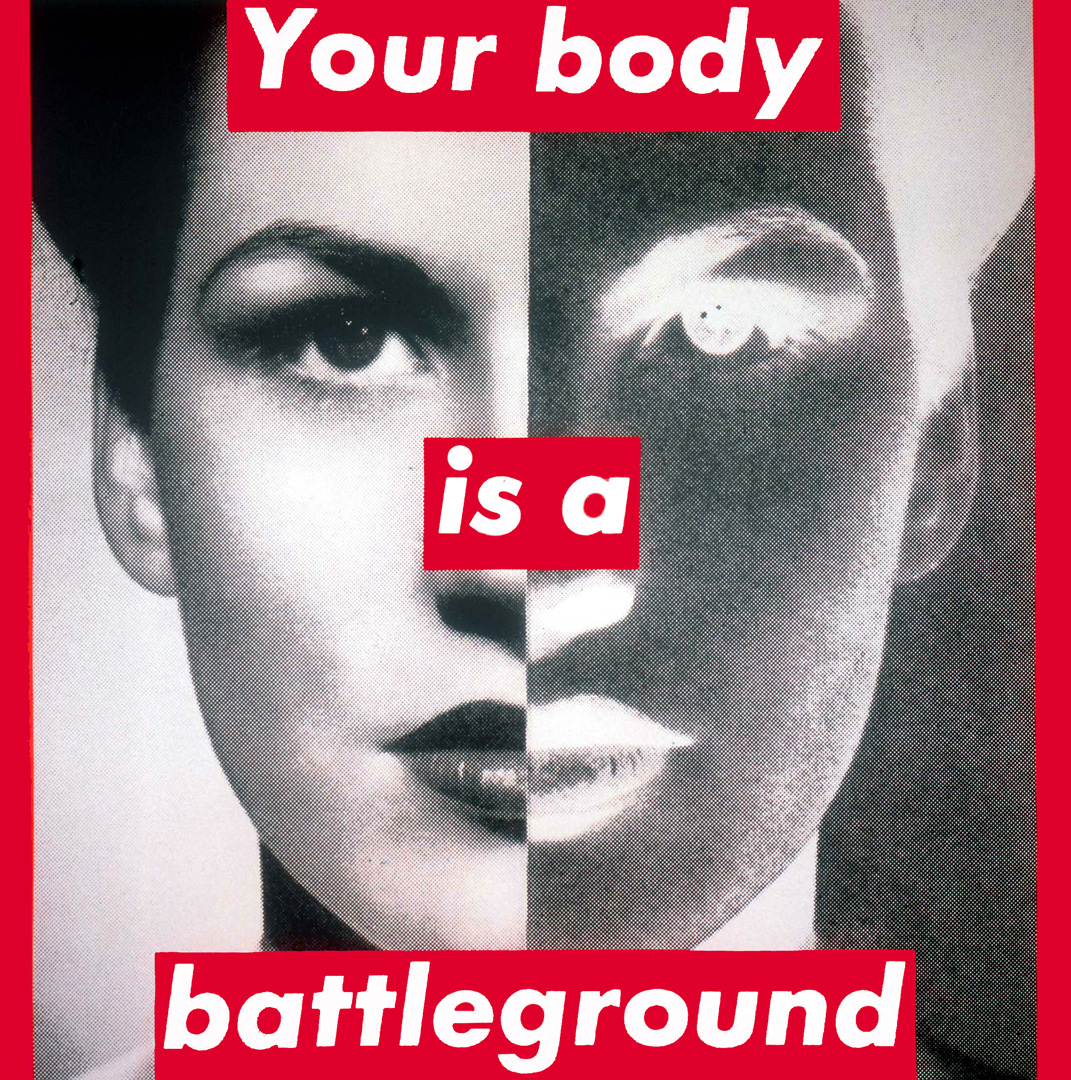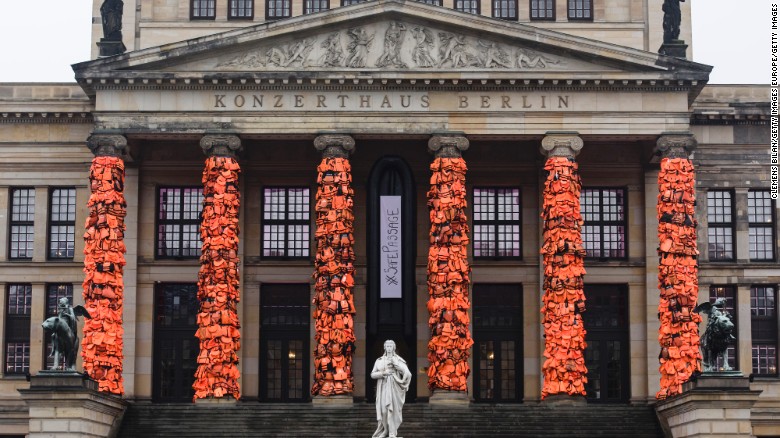Throughout the research and communication lectures I have learnt a great deal of information. Each lecture we have learnt about significant movements throughout the years and furthermore, introduced me to new artists. Each week I have been able to see how art has evolved and its connection to current 21st century art. Personally I have a keen interest in Graphic Design however, these lectures have also introduced me to other mediums of art and allowed me to gain a great deal of inspiration from them. In addition It has also help me with my analysis skills and further encourage me to utilise the facilities that I have access to such as the library. Moreover, writing blog posts has also allowed me to progress in my essay writing as well as working on my time management skills.
These lectures have enabled me to progress within other aspects of this course as I have been able to see connections when I’m in lessons. I’m able to refer back to knowledge that I have gained within my research and communication lectures and response to work more clearly. This has been immensely helpful as it has allowed me to see how art is continuously inspired by past movements and artists. Furthermore, It has also shown me how current situations inspire art. To create and design something that is successful an artist needs to ensure that they’re fully aware of the context and purpose of what they’re designing. A clear and comprehensive understanding of theory allows artists to accomplish a successful design practice outcome. This is evident within the postmodernism movement work, artists are aware of previous work and re appropriate it or create something new in the style of it – pop art for example.
Each lecture has been significant for my progress within this whole graphic arts course however, week 5 lecture regarding the ‘Underground Culture’ was one of the most inspiring. It motivated me to consider how I would design a piece of graphic design work. The work produced and shown during this lecture was all very vibrant and innovative. I could see various elements within the work that inspired me. Primarily the typography, it was playful and decorative which was ideal for the message that was being portrayed. What I gained from this lecture was the importance of ensuring you have a clear understanding of what you’re trying to communicate. Furthermore, it also encourages me to be more inventive with my design work. When I consider graphic design I think about clean, clear, sophisticated work mostly computer based. However, I now deliberate on whether I could create my own typeface. If it doesn’t confuse the message that I am trying to convey then I don’t necessarily have to with default use a font found on computer design software. Moreover, the lecture also inspired me to think about layout and composition. The alignment of elements of the artwork can help the final outcome as it can make or break how successful the work is. For example if a piece of design is primarily text then you can play around with that and manipulate the text to mimic shape.
Overall, the lectures have given me important knowledge and allowed me to work on my research and writing skills. I’m able to take what I’ve learnt into my other lessons to expand on my practice work.


